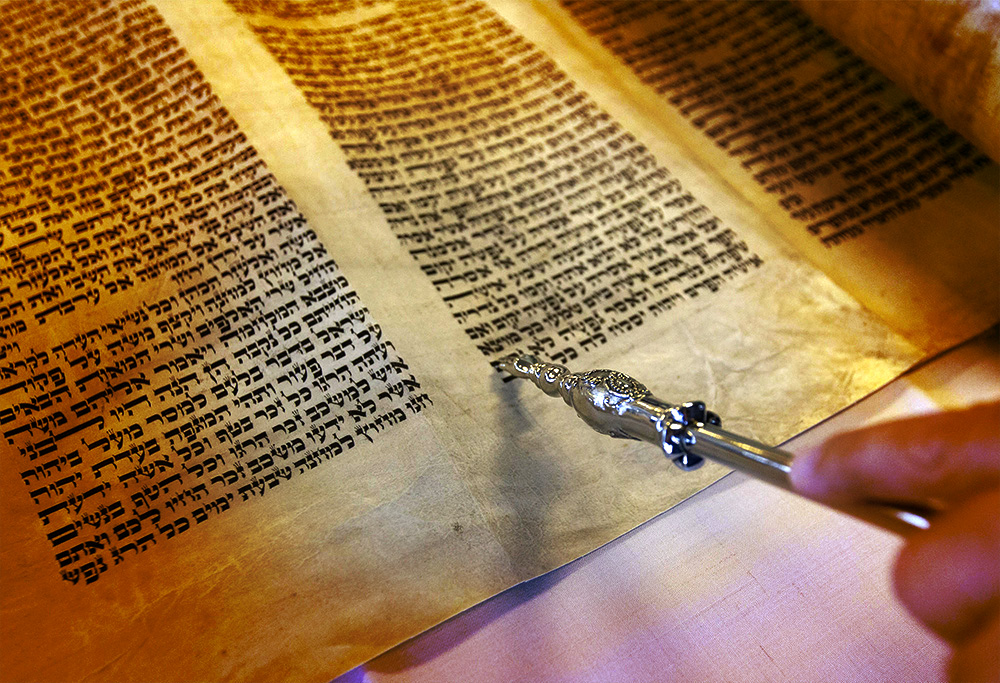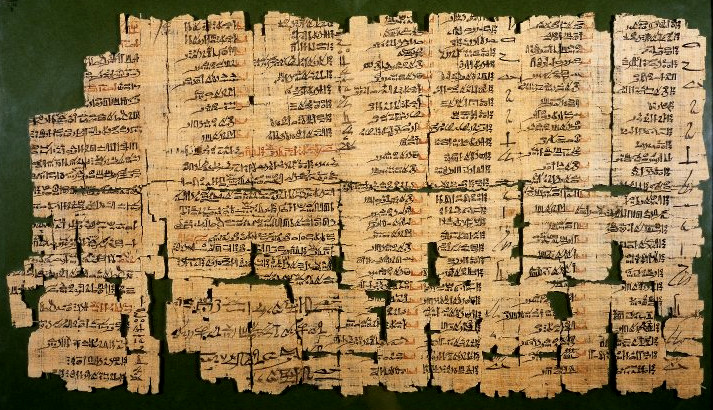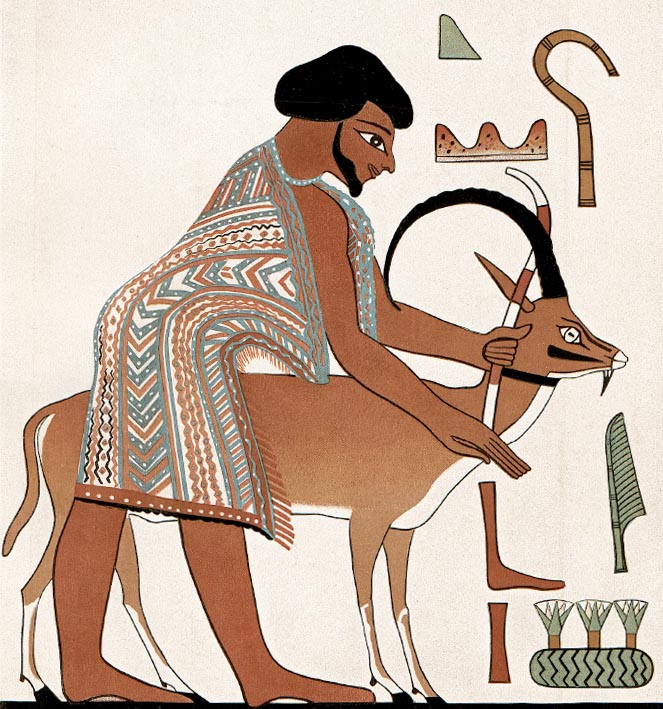About 15 years ago I led a small Bible study group. We would take a book of the Bible and study it one chapter at a time. When I came to the end of the book, I would ask the group, “Which book do we study next?” And of course, nobody wanted to decide what the next book would be.
So, I would say “If nobody can decide what book we are going to study next, I get to pick. And my choice would be the book of Numbers with all those lovely genealogies.” No sooner would I say that, and someone would propose a book (a different book) to study.
The typical Bible reader has an aversion to genealogies. Modern readers often see genealogies as the “boring bits” that one needs to buzz past to get to the interesting stuff. I think that this outlook is unfortunate because genealogies were the literary device of choice that ancient writers used to give us the really juicy info.
The Purpose of Genealogies
In the ancient Hebrew, genealogical lists are called toledot. An important consideration is that toledot are not quite the same as what we call a “genealogy” in the West today. Knowing the technical difference between a toledot and a genealogy can help us navigate the Hebrew Scriptures.
In the West, genealogies normally trace the ancestors of a person going as far back as possible. Hebrew toledot sort of do the opposite. Toledot start with a well-known person and attempt to trace that person’s descendants. The purpose of a toledot is not to establish pedigree as much as it is to show the person’s posterity. So, in effect, the ancient Israelites believed that the actions of a person would have outcomes that would manifest generations down the line.
Ancient writers used these toledot for didactic purposes. Often the toledot sets up the historical context, but the writer could also use it to convey a moral lesson. Most western genealogies lack this didactic component.
The Genesis 5 Toledot
One example of a toledot comes from Genesis 5 where we find the posterity of Adam (of the Garden of Eden infamy). We see in Genesis 5 the following structure:
And <Person 1> lived <Number A> years and became father of <Person 2>, And <Person 1> lived <Number B> years after he was father to <Person 2>, and he had other sons and daughters. So all the days of <Person 1> were <Number A+B> years and he died.
The writer repeats this structure from Adam to Jared six times. Then on the seventh generation, Enoch doesn’t die but it taken away instead [Gen 5:24]. This disruption of the normal (intentionally monotonous) pattern using antithesis shows what this toledot is really about. The subject is that mankind is now beset with death without relief.
Adam sinned and fell from grace largely causing the mess on what we call planet Earth. God created Adam in a perfect world that had no death. The toledot in Genesis 5 is to show the reader Adam’s posterity–his actions which caused death to rule unchecked.
Who’s Who
The other thing that genealogies can do is establish why something happened. In 2 Samuel 6, Uzzah was struck dead by God after touching the Ark of the Covenant [2 Sam 6:7]. The difficulty here is that touching the Ark was not in and of itself an offense. Priests had handled the Ark several times in its history with impunity. So what gives?
The first thing is that the reader may notice is that the Ark was placed on an ox-cart [2 Sam 6:3], which was forbidden since it was to be carried only by its poles [Exod 25:14]. But this alone probably would not have resulted in condign action.
The other thing we are told is the genealogy of Uzzah in verse 4. He was the son of Abinadab. Abinadab was the son of Jesse and brother of King David [1 Sam 17:13, 1 Chr 2:13], which makes Uzzah the nephew of the king. Moreover, this makes Uzzah from the tribe of Judah. Only Israelites from the tribe of Levi and of those only descendants of Kohath were permitted to carry the Ark [Num 4:15]. Although one offense may have been overlooked, two impious actions were seen as irreverence [2 Sam 6:7].
Toledot can give the modern Bible reader fascinating information if we take the time to try to understand them.


